Viaje a una playa del Caribe - Trip to a Caribbean beach
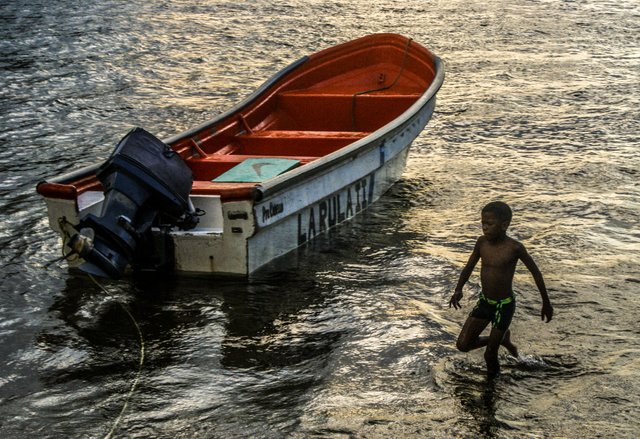
Hola comunidad de Steemit!. Hace ya creo que 5 años, cuando las posibilidades en mi país eran existentes emprendí un viaje con unos amigos a mochilear en la Playa llamada Chuao en el estado Aragua de Venezuela, con fines de diversión y fotográfico (ahora que lo pienso que la fotografía de viaje es de las tendencias más tentadoras). Dejeme contarles un poco de esta hermosa tierra.
Hello Steemit comunity!. I already believe that 5 years ago, when the possibilities in my country were existing, I undertook a trip with some friends to backpacking on the beach called Chuao in the Aragua state of Venezuela, for fun and photographic purposes (now that I think that the photograph of trip is one of the most tempting trends). Let me tell you a little about this beautiful land.
________________________________________________________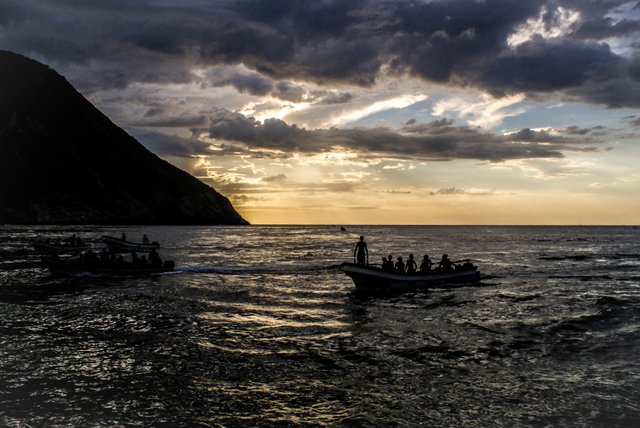
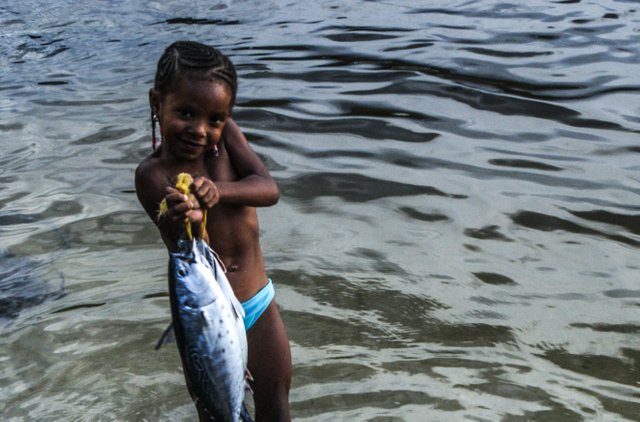
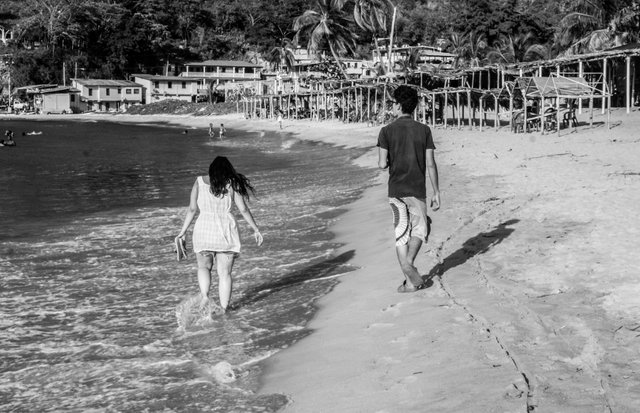
La población de Chuao está ubicada en el tramo central de la costa venezolana, en el Municipio Santiago Mariño del Estado Aragua. Fue fundada en el siglo XVI, y desde entonces ha gozado de mucho prestigio debido a que sus tierras producen un cacao excelente, de los mejores del mundo.
A Chuao sólo se le puede llegar por mar, veinte minutos en peñero desde Puerto Colombia, pasando el pueblo de Choroní, o bien caminando a través de la montaña.
El pueblo, que se localiza al fondo de un valle flanqueado por estribaciones de la Cordillera de La Costa, parece haber sido construido alrededor de un amplio y viejo patio al frente de la iglesia, en donde, por siglos, se ha puesto a secar el grano del cacao.
La iglesia, que data de 1785, fue declarada Monumento Histórico Nacional en 1960. En su interior se guardan valiosas imágenes religiosas pertenecientes a la época de la colonia.
Los pobladores de Chuao, en su gran mayoría, son descendientes de los antiguos esclavos africanos que fueron traídos para cultivar el cacao a comienzos del siglo XVII. Es un pueblo próspero, alegre, cuyos habitantes se dedican a la pesca artesanal, al cultivo del cacao, del plátano y del café; aunque éste último en menor medida.
Otros, desde luego, buscan su sustento dentro del sector turismo, el cual ha experimentado un gran crecimiento en la región.
La playa de Chuao es hermosa, espectacular. Se extiende a lo largo de una gran bahía con forma de medialuna, con un pequeño río que desagua hacia la parte izquierda de la misma (visto desde el mar), justo en donde comienza la carretera que conduce al pueblo y se alza el malecón.
Ambos extremos de la bahía son rocosos, ya que son los sitios en donde finalizan las montañas que marcan los límites del valle y que se prolongan desde las alturas del Parque Nacional Henri Pittier hasta caer abruptamente al mar.
Imagen de la Iglesia de Chuao
Cacao secándose al sol frente a la Iglesia de Chuao
La playa está cubierta de arenas blancas que los pobladores limpian con regularidad para satisfacción del turista. Al fondo de la misma hay cocoteros y otros árboles característicos de las áreas costeras. Esto, a primera vista, pareciera indicarnos el lugar más apropiado para montar las carpas… pero la existencia de un área cenagosa justo detrás de los árboles favorece la proliferación de zancudos y jejenes.
Para no pasar un mal rato, si usted piensa acampar, no olvide llevar entonces un repelente para insectos; tanto en crema como en aerosol.
En la playa hay muchos lugares para comer, pero la mayoría no abre sino los fines de semana. Hay también algunas duchas y sanitarios públicos a lo largo de la playa. Para usarlos deberá pagar algo, como contribución para la limpieza.
La distancia entre la playa y el pueblo de Chuao es de cuatro kilómetros, y ambos se conectan a través de una carretera que hasta hace muy poco era de tierra. El camino se interna a través de un valle cubierto por un bosque tropical bastante denso, con árboles de gran tamaño y en medio de amplias plantaciones de cacao y plátano.
Para llegar al pueblo, desde la playa, puede tomar un pequeño camión que hace las veces de transporte público o, si lo prefiere, y dada la corta distancia y lo agradable del paseo, puede optar por ir caminando. Es sólo una hora de marcha.
Fuente: http://www.explorandorutas.com/turismo/venezuela/chuao/
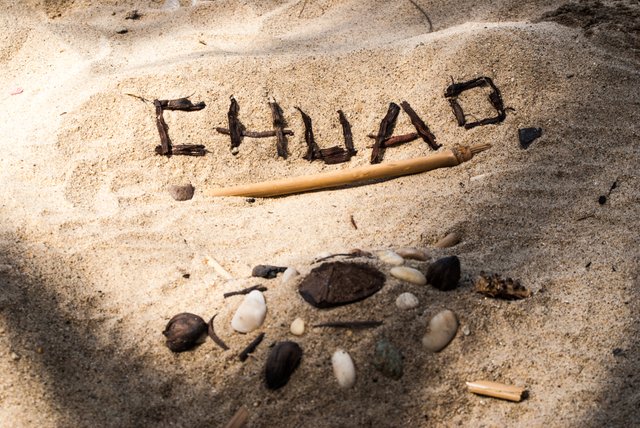
The population of Chuao is located in the central section of the Venezuelan coast, in the Santiago Mariño Municipality of the Aragua State. It was founded in the 16th century, and since then it has enjoyed a lot of prestige because its lands produce excellent cocoa, one of the best in the world.
Chuao can only be reached by sea, twenty minutes by boat from Puerto Colombia, passing the town of Choroní, or by walking through the mountain.
The town, which is located at the bottom of a valley flanked by foothills of the Cordillera de La Costa, seems to have been built around a large and old courtyard in front of the church, where, for centuries, it has begun to dry the cocoa bean
The church, which dates back to 1785, was declared a National Historic Landmark in 1960. In its interior valuable religious images belonging to the time of the colony are kept.
The people of Chuao, for the most part, are descendants of the former African slaves who were brought to grow cocoa in the early seventeenth century. It is a prosperous, cheerful town, whose inhabitants are dedicated to artisanal fishing, the cultivation of cocoa, bananas and coffee; although the latter to a lesser extent.
Others, of course, seek their livelihoods within the tourism sector, which has experienced great growth in the region.
Chuao beach is beautiful, spectacular. It extends along a large crescent-shaped bay, with a small river that drains to the left side of it (seen from the sea), just where the road that leads to the town begins and the boardwalk rises.
Both ends of the bay are rocky, as they are the places where the mountains that mark the boundaries of the valley and that extend from the heights of the Henri Pittier National Park to abruptly fall into the sea.
Image of the Chuao Church
Cocoa drying in the sun in front of the Chuao Church
The beach is covered with white sands that the villagers regularly clean for the satisfaction of the tourist. At the bottom of it there are coconut trees and other trees characteristic of coastal areas. This, at first glance, seems to indicate the most appropriate place to mount the tents ... but the existence of a swampy area just behind the trees favors the proliferation of mosquitoes and jejenes.
To avoid having a bad time, if you plan to camp, do not forget to bring an insect repellent; both cream and spray.
On the beach there are many places to eat, but most do not open until weekends. There are also some showers and public toilets along the beach. To use them you must pay something, as a contribution for cleaning.
The distance between the beach and the town of Chuao is four kilometers, and both are connected through a road that until recently was dirt. The road goes through a valley covered by a fairly dense tropical forest, with large trees and in the middle of large cocoa and banana plantations.
To reach the town, from the beach, you can take a small truck that serves as public transport or, if you prefer, and given the short distance and the pleasantness of the ride, you can choose to walk. It is only an hour's march.
Source: http://www.explorandorutas.com/turismo/venezuela/chuao/
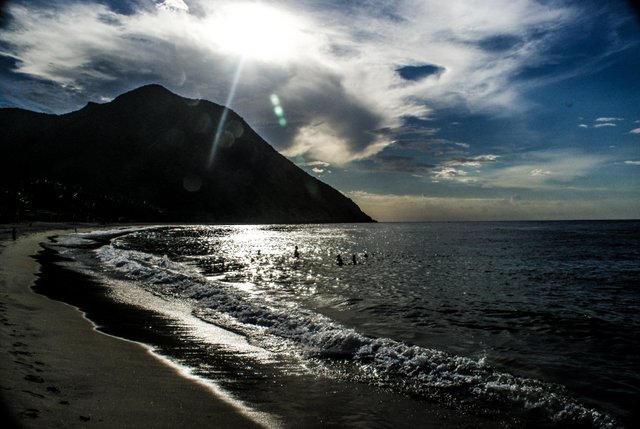
@tipu curate
Upvoted 👌 (Mana: 0/20)